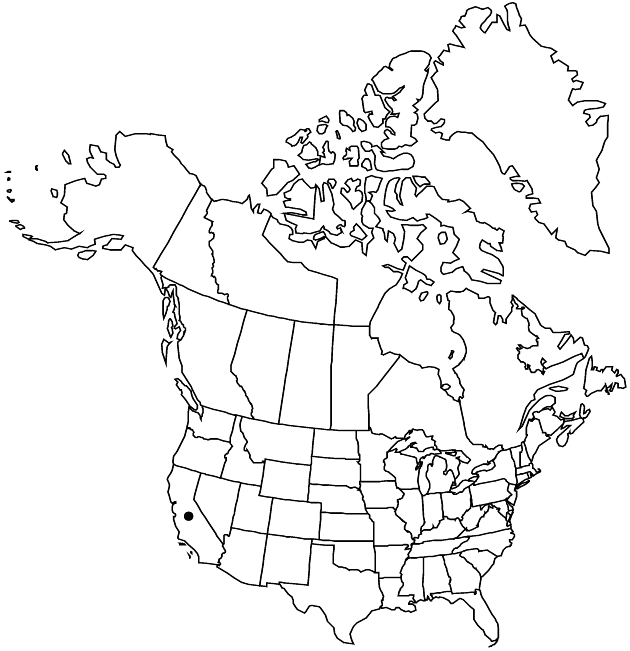Difference between revisions of "Erigeron miser"
Proc. Amer. Acad. Arts 13: 372. 1878.
FNA>Volume Importer |
FNA>Volume Importer |
||
| Line 48: | Line 48: | ||
|publication year=1878 | |publication year=1878 | ||
|special status= | |special status= | ||
| − | |source xml=https://jpend@bitbucket.org/aafc-mbb/fna-data-curation.git/src/ | + | |source xml=https://jpend@bitbucket.org/aafc-mbb/fna-data-curation.git/src/f50eec43f223ca0e34566be0b046453a0960e173/coarse_grained_fna_xml/V19-20-21/V20_701.xml |
|tribe=Asteraceae tribe Astereae | |tribe=Asteraceae tribe Astereae | ||
|genus=Erigeron | |genus=Erigeron | ||
Revision as of 20:30, 16 December 2019
Perennials, 5–25 cm; taprooted, woody [usually not collected]. Stems decumbent-ascending to ascending-erect (caudexlike at bases), white-villous (hairs stiff), minutely glandular. Leaves cauline; blades narrowly obovate, 7–16 × 1–3.5 mm, margins entire, faces white-villous (hairs stiff), minutely glandular. Heads (discoid) 1 or 2–4 in loosely corymbiform arrays. Involucres (3.5–)4–5 × 7–12 mm. Phyllaries in 3–5 series, glabrous, densely minutely glandular. Ray florets 0. Disc florets corollas 3.2–4.5 mm (throats slightly indurate, not inflated). Cypselae 2–2.5 mm, 2-nerved, faces sparsely strigose; pappi: outer of setae, inner of 18–25(–28) bristles. 2n = 18.
Phenology: Flowering Jul–Oct.
Habitat: Taluses, rock crevices, montane coniferous forests
Elevation: 1800–2600 m
Discussion
Of conservation concern.
Erigeron miser differs from E. petrophilus primarily by its smaller heads; there also are overlapping differences in leaf size, disc corolla length, shape of the style appendages, and numbers of pappus bristles.
Selected References
None.
